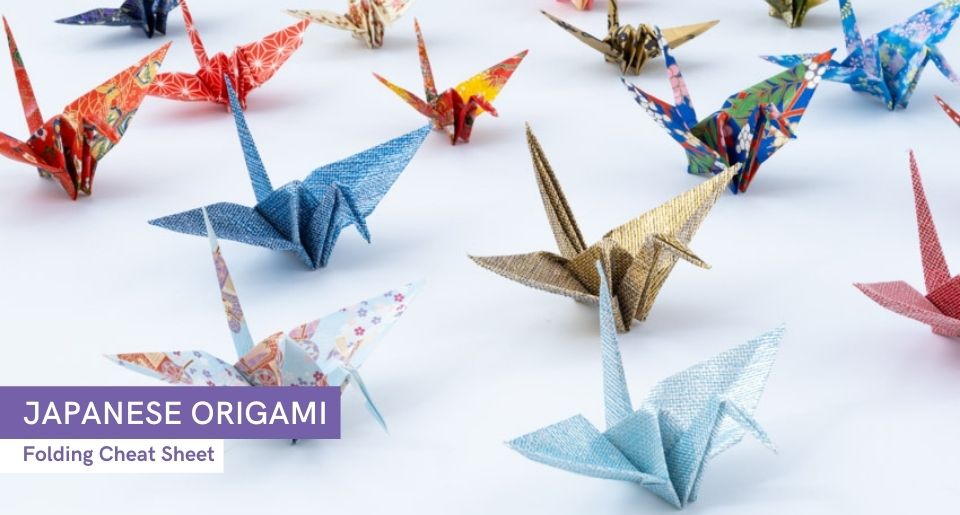Contents
Introduction
Tired of being ordinary? Origami can make you extraordinary in the eyes of your family, friends, and, of course, that special someone you're having a hugecrush on!
Ever stumbled upon an image of that captivating origami crane and thought, "What's the deal with this?" Look no further! This is your ultimate beginner's guide to unlock the secrets of this ancient paper-folding art, including its origins, various types, how to become a pro at making your own, and where to find the real-deal materials needed to create your very own 100% Japanese origami masterpiece!
Origami: The Japanese Art of Making 3D Masterpieces
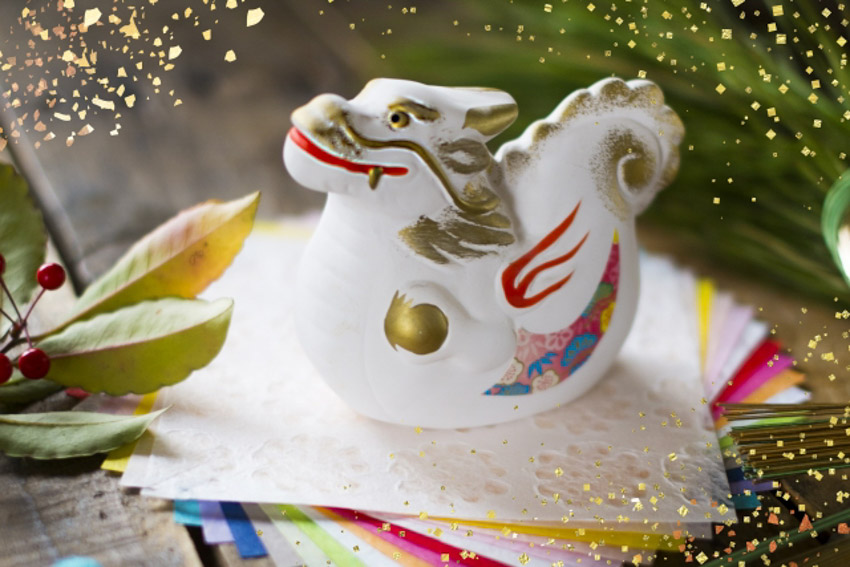
Origami (折り紙) is the traditional Japanese art of paper folding. The word "origami" itself is a combination of two Japanese words: "ori," which means "folding," and "kami," which means "paper." The goal? To take a flat sheet of paper and turn it into a three-dimensional masterpiece. Think of origami as the elegant dance of paper, where artists gracefully spin and rotate their way to impressive creations – no scissors, no glue, just pure folding finesse.
Origami, which translates to "folded paper" in Japanese, traces its origins back to ancient China, where paper was first crafted around 105 AD. From there, the art of paper folding embarked on a journey to Japan, where it gained its own special cultural significance.
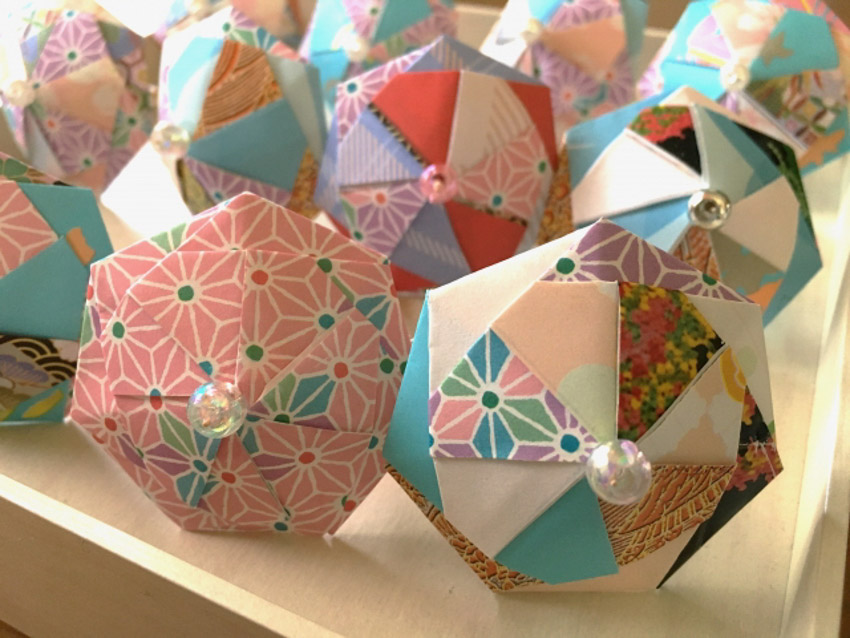
In Japan, origami became deeply connected with special ceremonies and traditions as the act of folding paper held symbolic significance. People used it in religious ceremonies, weddings, and other important events. Origami started as simple designs and gradually became more complex over time. In its traditional form, origami included animals, plants, and geometric shapes. The art of origami has seen remarkable growth, with enthusiasts skillfully crafting different folding patterns and techniques that are passed down through generations.
If you think origami is nothing more than a Japanese paper-folding trick for casual fun, think again. Origami doesn't stop at making pretty shapes—it finds its way into mathematics, science, and engineering to crack puzzles involving folding and unfolding, and even steps into arenas like product design, space exploration (think foldable solar panels), and medical device innovation.
Types of Origami: Traditional, Modern, and Beyond
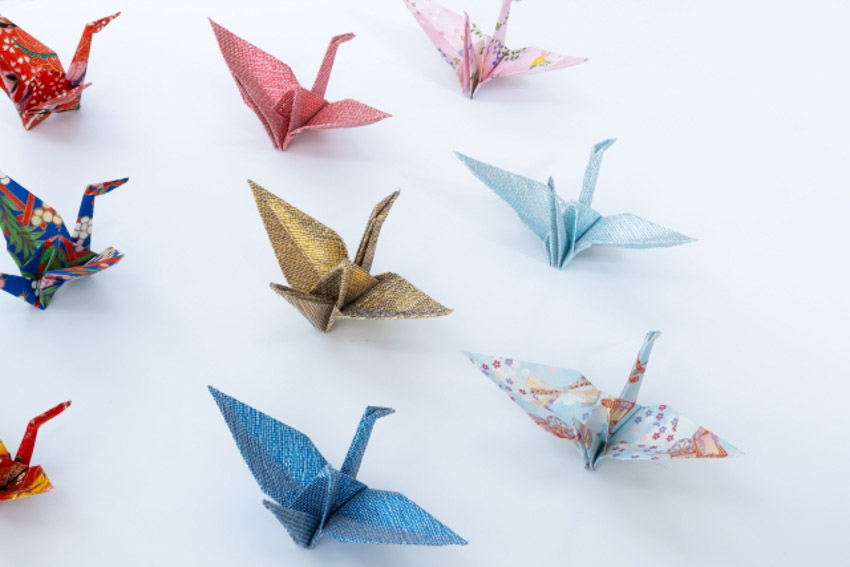
Origami art has come a long way from its roots and has become incredibly popular, with all sorts of fresh techniques and styles popping up. Below, we'll explore the most common types of this age-old paper-folding technique, showcasing how people have never lost their fascination but rather worked tirelessly to create several variations:
- Traditional Origami:This includes classic models that have been passed down through generations.
- Modern Origami:Contemporary origami artists create new and innovative designs, often pushing the boundaries of what can be achieved with paper.
- Minimal Origami:Simplified creations that capture the subject's essence with minimal folds, emphasizing simplicity.
- Wet-Folding:This technique involves moistening the paper slightly before folding, allowing for more organic and rounded shapes.
- Unit Origami:Instead of folding from a single sheet of paper, unit origami involves folding multiple smaller units and assembling them to create complex structures.
- Practical Origami:Models designed for real-life applications, like envelopes, boxes, cups, or dishes.
- Mathematical Origami:This subfield explores the mathematical principles underlying origami, leading to the creation of complex geometric shapes.
A Step-by-Step Guide to Making an Origami Paper Crane
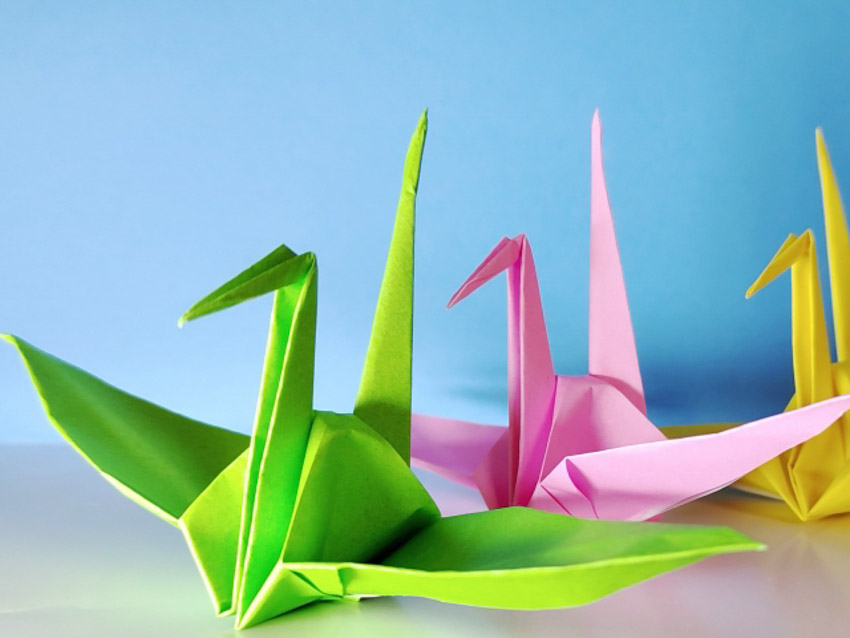
Let's tackle one of the most common origami questions: "How do I make it?" To make it easy for beginners, here are the simple steps to create a basic origami paper crane—one of the most iconic origami designs that'll surely make your friends and family go, "Wow!"
Materials Needed:
A square sheet of original origami paper. Where to get it, you ask? Head straight to ZenPlus, where they offer 100% authentic origami sheetsin an impressive array of vibrant colors, unique patterns, and easy-to-use sizes, each specially designed to help you achieve that original origami finesse!
Select your favorite origami sheets, place your order, and then sit back and relax as ZenPlus' team of pros takes care of shipping it straight from Japan to your cozy home, all hassle-free!
- Prepare the Paper: Start with a square sheet of paper. If you have a rectangular sheet, you can make it square by folding and trimming the excess paper.
- Fold Diagonally: Fold the paper in half diagonally to form a triangle. Crease the fold well and then unfold it.
- Fold Diagonally Again: Fold the paper in half diagonally in the opposite direction, creating another triangle. Crease well and then unfold it.
- Fold in Half Horizontally: Fold the paper in half horizontally to create a rectangle. Crease it well, then unfold it.
- Fold in Half Vertically: Fold the paper in half vertically to create another rectangle. Crease it well, then unfold it. You should now have a paper with two diagonal creases forming an "X" and two vertical creases forming a "+."
- Collapse the Paper: Bring the top two corners of the paper together along the horizontal crease, folding the paper into a smaller square shape. This is called a "square base." Flatten it by pressing down on the paper.
- Fold Inward: Take the right edge of the top layer and fold it toward the center vertical crease. Crease it well. Do the same with the left edge, folding it toward the center.
- Rotate the Model: Rotate the paper so that the open end is facing you.
- Fold Down: Take the top layer of the right flap and fold it down along the horizontal crease. Crease it well. Repeat this step with the left flap.
- Form the Head: Gently pull the top flap up, allowing it to stand upright. This will form the head of the crane.
- Create the Neck and Tail: Fold the top of the head down slightly to create the neck. To create the tail, fold the bottom of the model upward.
- Final Touches: Adjust the wings and tail as needed to give your crane the desired shape. You can also shape the head and beak by folding small portions.
Boom! Successfully made your own origami masterpiece! Easier than it looks, huh?
About The Writer
Meet Mariam - a freelance writer whose heart beats for the captivating world of Japanese culture. She's fascinated by the breathtaking cherry blossom trees, the irresistible traditional dishes and snacks, the timeless fashion, the adorable natural makeup, and of course, the world-famous anime, just to name a few of her passions. Now, with boundless creativity and determination, she aims to deliver the most valuable content for readers to offer them a glimpse into her passions in life.

